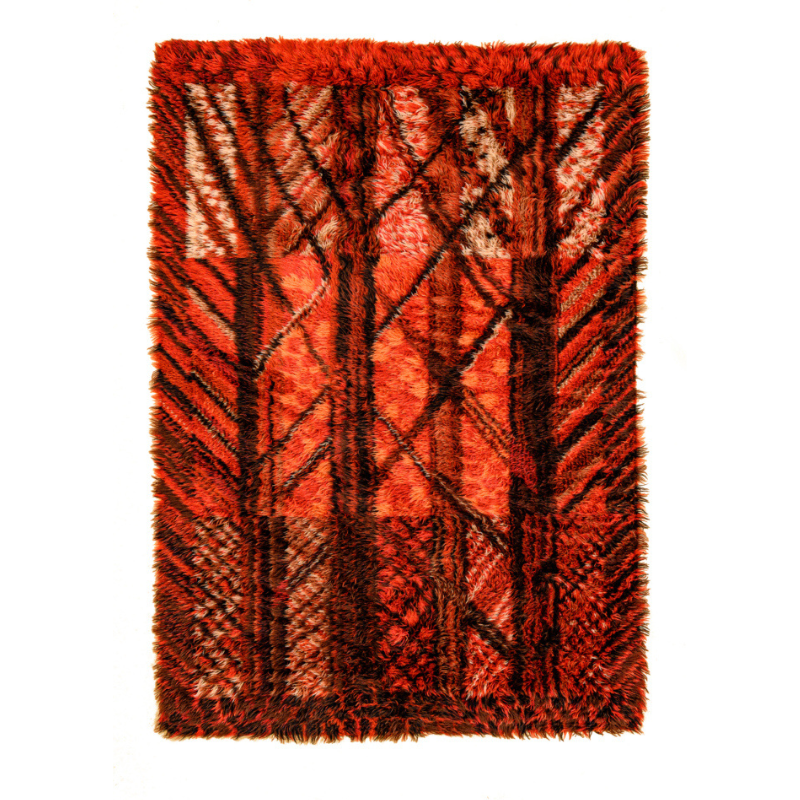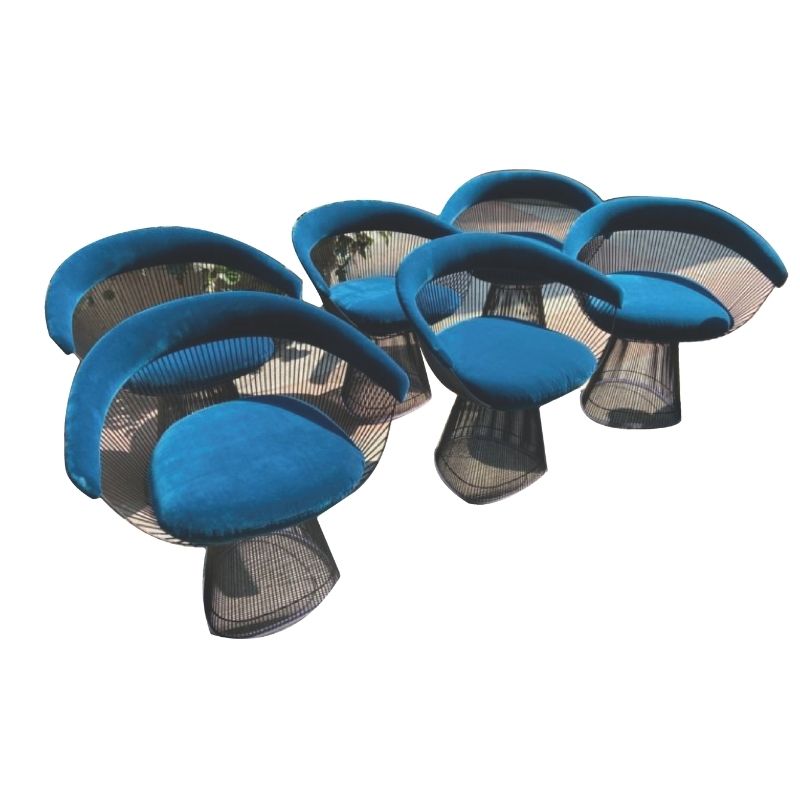I have a Jens Risom glass top coffee table. For 3 years, I have tried to confirm its manufacture date and style, but I have found no examples online. It was not until I went to the actual Risom website that I was able to identify the table in a 1949 catalog that I was able to identify it as item T.362 Freeshape Table. It is in pretty nice condition, with a couple of small chips in the glass on the underside of the edges. I am curious if anyone in the community knows of examples of this table, its rarity, or any other information that could be provided. Thanks.  <img class="wpforo-default-imag
<img class="wpforo-default-imag
JH, I can advise that this table is not in the 1955 Contemporary Furniture Risom catalog, so the production period was not very long. Combine that with your personal experience of not being able to find any other examples online, and I would say that your table qualifies as a not-very-common piece (due to the overabundance of the words "rare", "Rare", "RARE!", "RARE!!!!!!", and "UBER RARE!!!!!!!!!!!" in online listings, I prefer to use other words).
I could see this piece having both 1) an astronomical asking price on 1stDibs, or 2) sitting on craigslist for a long time with a reasonable asking price. It all depends. Having a documented Risom attribution certainly helps. I'd save that online attribution page as a PDF in case it gets taken down in the future.
My second unsolicited recommendation would be to trace the glass shape on a white bedsheet or piece of paper (taped in strips if too large), and put it in a safe place. If an unfortunate accident were to happen to the glass (think Chris Farley), a tracing is probably the only way to get an exact replacement top made.
Finally . . . I like it.
It has been a while since I looked at this book. I think it was one of the several coffee tables included in the book 'Modern Furnishings for the Home' originally published in 1952 and reprinted in 1997. If you know someone who has a copy...it is also a good reference book for identifying short lived out of production mid 20th century designs.
I have always been curious though how the biomorphic/free form glass top is produced .
Mini, today, a CNC waterjet would be the choice of machinery. Back then, a large, specialized band saw with a water-cooled carbide or diamond grit blade would likely have been used to cut curves in thick plate glass.
FWIW, I find the table simply stunning. The base by itself, not so much. But, oh, that top! YOWZA!
Good to know. My success rate making single stroke straight cuts on single to double strength glass for picture frames is quite dismal and the staff at Lowe's and Home Depot did not fare any better than me. No wonder the most reasonable quote (too expensive for me at the time) I got to make a replacement 7/8" thick green edge glass top for a first generation IN-50 Noguchi table base in cherry wood was $350.00 back in 1990.
Mini, it's all experience. When I was in art school, I had a part-time gig in a one-man frame shop helping out with drudge work. The long-time proprietor was a master at cutting glass freehand. He didn't even measure. Instead, he'd just lay a sheet over the back of a frame flat on a table and eyeball it. Score, snap, score, snap, done. In about as long as it takes to say it. Amazing. I never got to anywhere close, but he'd say, "Do it a few thousand times and you'll be pretty good at it, too."
Later, in my museum career, I had use of an Esterly wall-mounted mat-cutting machine that took all the artistry and most of the skill right out of cutting mats or glass. I literally sized hundreds of pieces of Denglas and Tru-Vue AR with that thing and maybe had 2 cuts go bad.
Thanks to everyone with their comments. They are very informative and interesting. The top is definitely stunning and while the base may seem a bit simplistic compared to later designs by other artists, I look at it as an example of the genesis of the modern furniture movement, which makes it all the more interesting in my opinion.
If you need any help, please contact us at – info@designaddict.com









